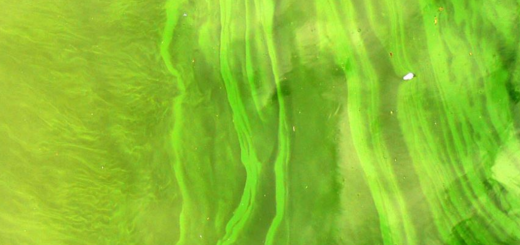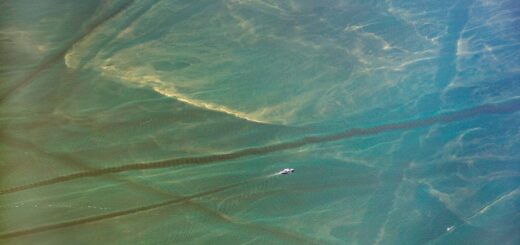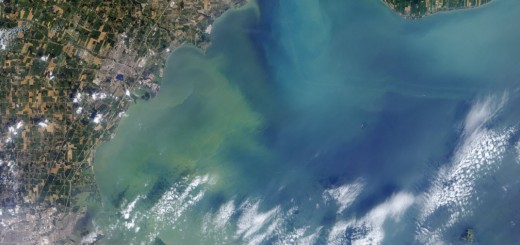Rapid Algal Bloom Forecasts In Development For Ohio Lakes
0Predicting when and where harmful algal blooms are set to occur is important for protecting the public and wildlife. But doing so for specific water bodies is difficult due to all the various factors that can affect the production of algae toxins.
To tackle this difficulty, a group of scientists from the U.S. Geological Survey and University of Toledo have embarked on a broad study of lakes in Ohio. Results of the work, recently published online under open-access license, detail the methods that researchers used to tap the algae toxin dynamics in a few Ohio lakes. The goal was to pinpoint ways for rapidly detecting when toxic algal blooms were about to occur.
Scientists began the work in 2013 by gathering monthly water samples from early summer to late fall at eight sites at eight different Ohio lake beaches. This approach was duplicated the following year, with researchers gathering samples at different beach sites around the same lakes. Some of the beach sites that the USGS scientists sampled include areas around Lake Erie, Buck Creek, Buckeye Lake, Deer Creek and Harsha Lake.

The Lake Erie shore at Reno Beach-Howard Farms, 10 miles east of Toledo, Ohio. (Credit: U.S. Army Corps of Engineers)
The samples were analyzed for cyanobacterial concentrations using molecular methods, as well as for algal pigments including chlorophyll and phycocyanin, the measurements of which relied on optical sensors.
Through analyzing the data, scientists found that producing cyanobacterial bloom nowcasts, or real-time predictions, for Ohio lakes is possible. One similar nowcast system that served as inspiration, an E. coli forecasting tool, is already in place for several Lake Erie beaches.
So far, there are a few parameters that seem to be most useful in making rapid predictions of toxic algal blooms. Measurements of phycocyanin, water clarity, water pH, streamflow from nearby rivers and lake level changes over 24 hours are among the best factors for estimating microcystin levels in real time, scientists found.

Scientists with the U.S. Geological Survey and University of Toledo made water quality and environmental measurements at seven recreational areas throughout Ohio from 2013 to 2014. (Credit: U.S. Geological Survey)
Up next for the researchers is to continue gathering data for use in developing site-specific models for nowcasting harmful algal blooms. They say that achieving the most-accurate models will involve gathering data more frequently and over consecutive days at freshwater lake sites around Ohio.
For the full results of the two-year investigation, including methods, results and conclusions, check out the entire study (PDF) here.
Do you know of other efforts going on to develop real-time toxic algal bloom forecasting tools? Is advancing these ‘nowcast’ systems worth it? Please consider leaving a comment to share your thoughts.













